How The Conclave Works: Electing The Next Pope
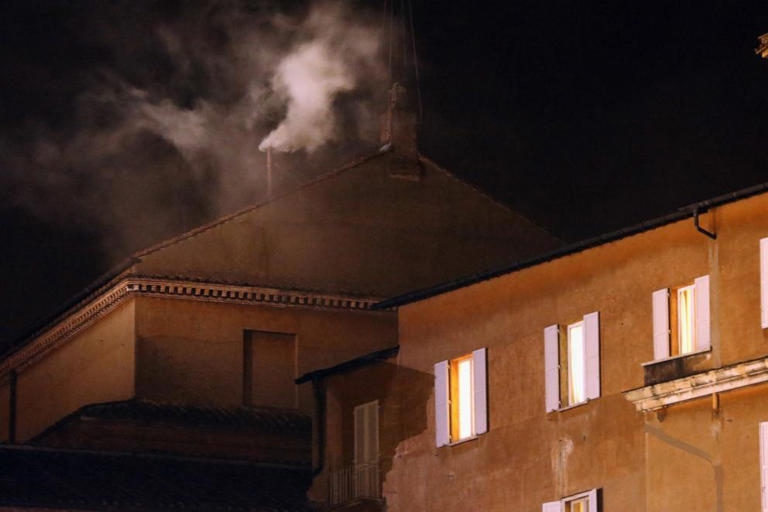
Table of Contents
The Calling of the Conclave
The election of a new Pope is triggered by a vacancy in the papacy, typically due to the death or resignation of the incumbent. The death of a Pope, while a somber occasion, sets in motion a precise series of events leading to the Papal Conclave. If a Pope resigns, as Benedict XVI did in 2013, the process is slightly different but equally defined. The College of Cardinals, a body of high-ranking clergy, holds the responsibility of initiating the conclave process.
- Official Announcement: The death or resignation of the Pope is formally announced, often with a specific ceremony.
- Preparation of the Conclave: The Cardinals convene to make arrangements for the conclave, including securing the location, establishing security, and finalizing procedures.
- Timeline: The conclave typically begins within a few weeks of the vacancy, allowing time for preparations and the arrival of Cardinals from around the world.
The Participants: The College of Cardinals
The heart of the Papal Conclave lies with the College of Cardinals. These are high-ranking clergy appointed by the Pope, chosen for their theological knowledge, administrative skills, and dedication to the Church. Only a subset of Cardinals are eligible to participate in the election.
- Cardinal Electors: These are Cardinals under the age of 80, who possess the right to vote in the conclave. Their number greatly influences the outcome of the election.
- Cardinal Non-Electors: Cardinals over the age of 80, while not voters, are still integral members of the College of Cardinals, participating in certain aspects of the conclave. They contribute their experience and wisdom to the proceedings.
- Notable Facts: The College of Cardinals is a diverse body representing the global reach of the Catholic Church, with members from numerous countries and cultures.
The Location and Seclusion
Traditionally, the Papal Conclave takes place in the Sistine Chapel within the Vatican City. This iconic location holds immense historical significance, having witnessed countless Papal elections throughout history. Secrecy and isolation are paramount during the conclave.
- Secrecy Measures: Strict measures are implemented to ensure confidentiality, preventing outside influence and maintaining the integrity of the election. This includes limiting communication with the outside world and employing advanced security protocols.
- Living Conditions: The Cardinals live together in the Vatican, with minimal contact with the outside world, fostering intense deliberation and prayer.
- Security: The Vatican employs significant security measures to ensure that the election process is free from any outside interference or undue influence.
The Voting Process
The voting process itself is a carefully choreographed ritual, steeped in tradition.
- Preparation of Ballots: Special ballots are prepared, each bearing the names of the candidates and a unique identifying mark.
- The Scrutiny: After each round of voting, the ballots are carefully counted by appointed officials.
- Two-Thirds Majority: A two-thirds majority of the votes is required to elect a new Pope. This high threshold ensures that the elected candidate enjoys broad support within the College of Cardinals.
- Multiple Ballots: If no candidate secures the required votes, multiple ballots are conducted until a Pope is elected.
- Key Stages: The process involves several stages, including the writing of ballots, the counting of votes, and verification processes to ensure the integrity of the election.
The Announcement of the New Pope
The moment the new Pope is elected, the iconic phrase "Habemus Papam!" (We have a Pope!) is announced.
- Appearance on the Balcony: The newly elected Pope then appears on the balcony of St. Peter's Basilica to address the expectant crowd and receive the enthusiastic cheers of the faithful.
- Papal Blessing: The first official act of the newly elected Pope is usually to bestow the Urbi et Orbi blessing upon the assembled crowds and the world.
- Symbolic Importance: The announcement ceremony marks not only the end of the Papal Conclave but also a significant moment of hope and renewal for the Catholic Church worldwide.
Conclusion
The Papal Conclave, a complex and time-honored process, is the mechanism by which the Catholic Church selects its leader. From the calling of the conclave to the announcement of the new Pope, each stage carries immense significance, underscoring the weight of this global event. The election of the Pope profoundly impacts millions, shaping the future direction of the Catholic Church. Learn more about the Papal Conclave by delving deeper into the intricacies of electing the Pope; explore the history of the Papal Conclave and its evolution over the centuries. Understanding the Papal Conclave provides a deeper appreciation for the traditions and significance of this pivotal moment in the Catholic faith.

Featured Posts
-
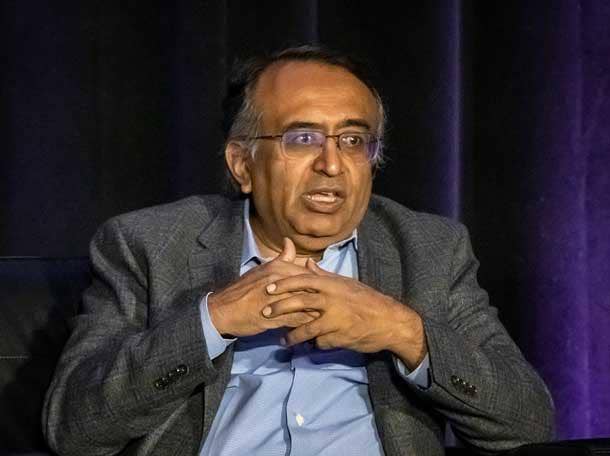 V Mware Costs To Soar 1050 At And Ts Response To Broadcoms Proposed Price Hike
May 07, 2025
V Mware Costs To Soar 1050 At And Ts Response To Broadcoms Proposed Price Hike
May 07, 2025 -
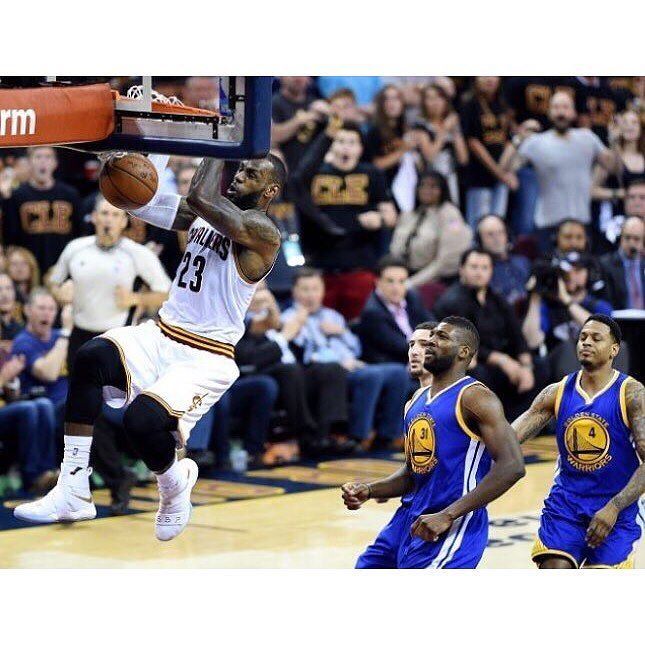 Secure Your Cavs Round 2 Playoff Tickets Tuesdays The Day
May 07, 2025
Secure Your Cavs Round 2 Playoff Tickets Tuesdays The Day
May 07, 2025 -
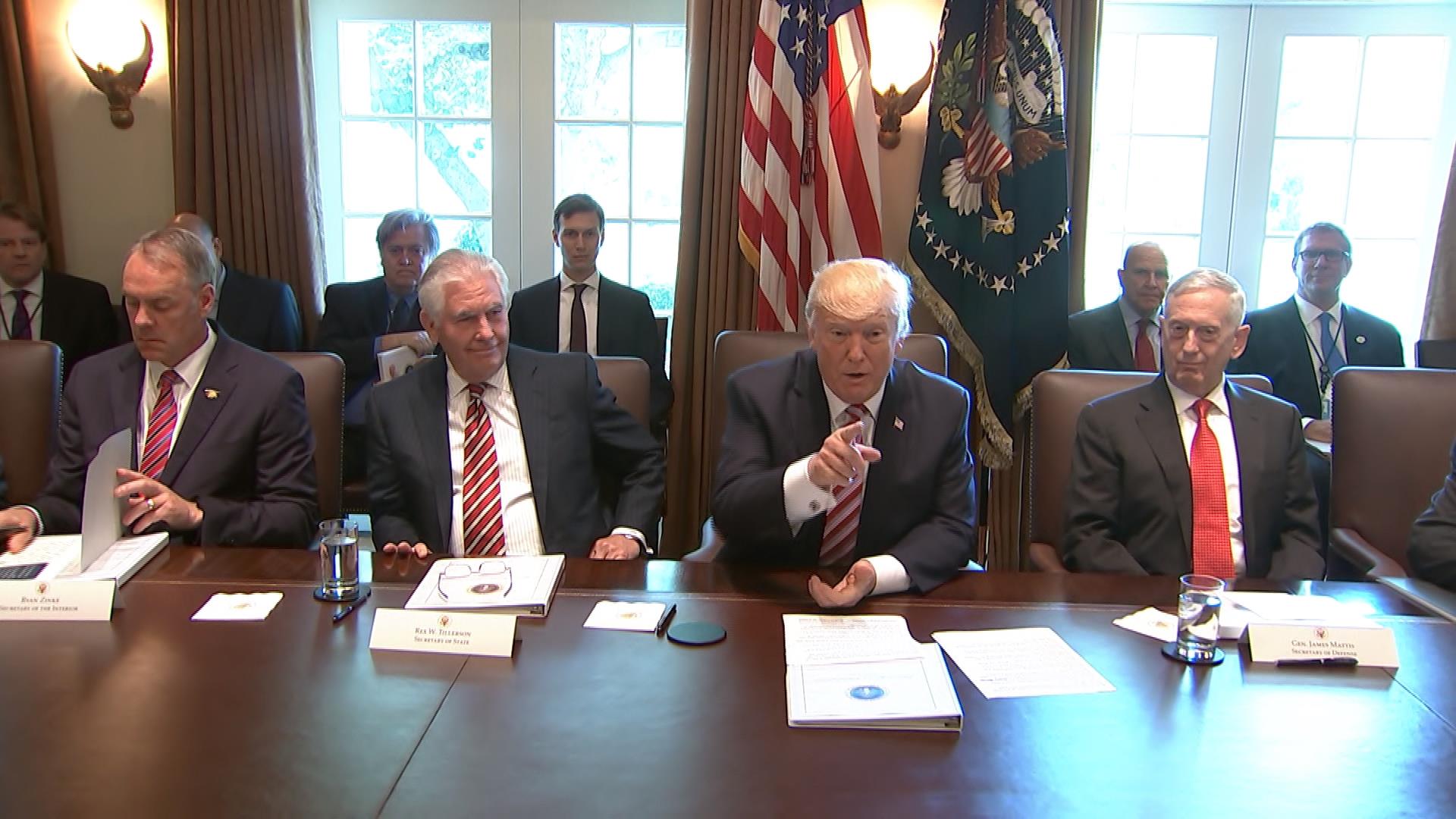 Analyzing The Carney Trump Meeting Key Issues And Resolutions
May 07, 2025
Analyzing The Carney Trump Meeting Key Issues And Resolutions
May 07, 2025 -
 Jazz Vs Rockets Conley And Edwards To Carry The Load Without Gobert
May 07, 2025
Jazz Vs Rockets Conley And Edwards To Carry The Load Without Gobert
May 07, 2025 -
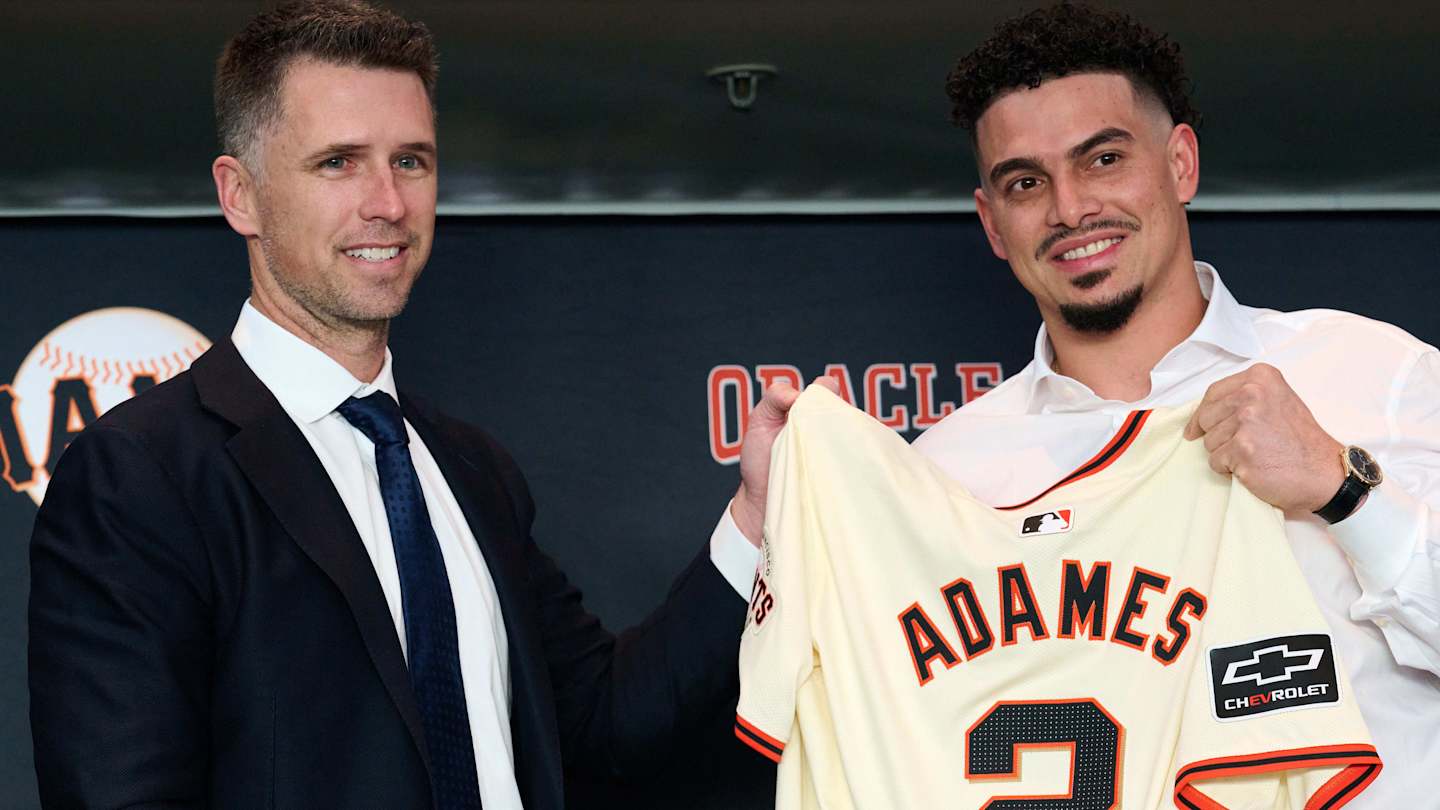 Willy Adames Walk Off Hit Wins Giants Home Opener
May 07, 2025
Willy Adames Walk Off Hit Wins Giants Home Opener
May 07, 2025
Latest Posts
-
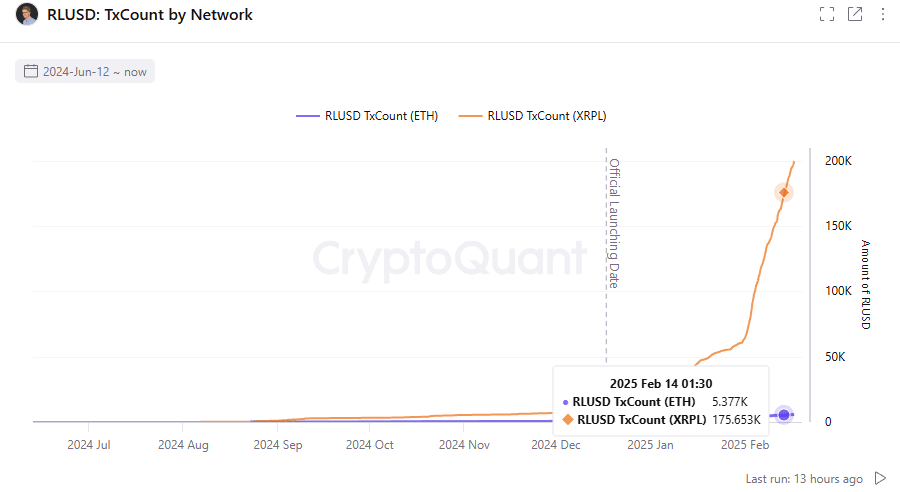 Xrp Price Outlook Whales 20 Million Token Acquisition Sparks Speculation
May 08, 2025
Xrp Price Outlook Whales 20 Million Token Acquisition Sparks Speculation
May 08, 2025 -
 Low Institutional Interest And High Supply Challenges Facing Xrp Etfs
May 08, 2025
Low Institutional Interest And High Supply Challenges Facing Xrp Etfs
May 08, 2025 -
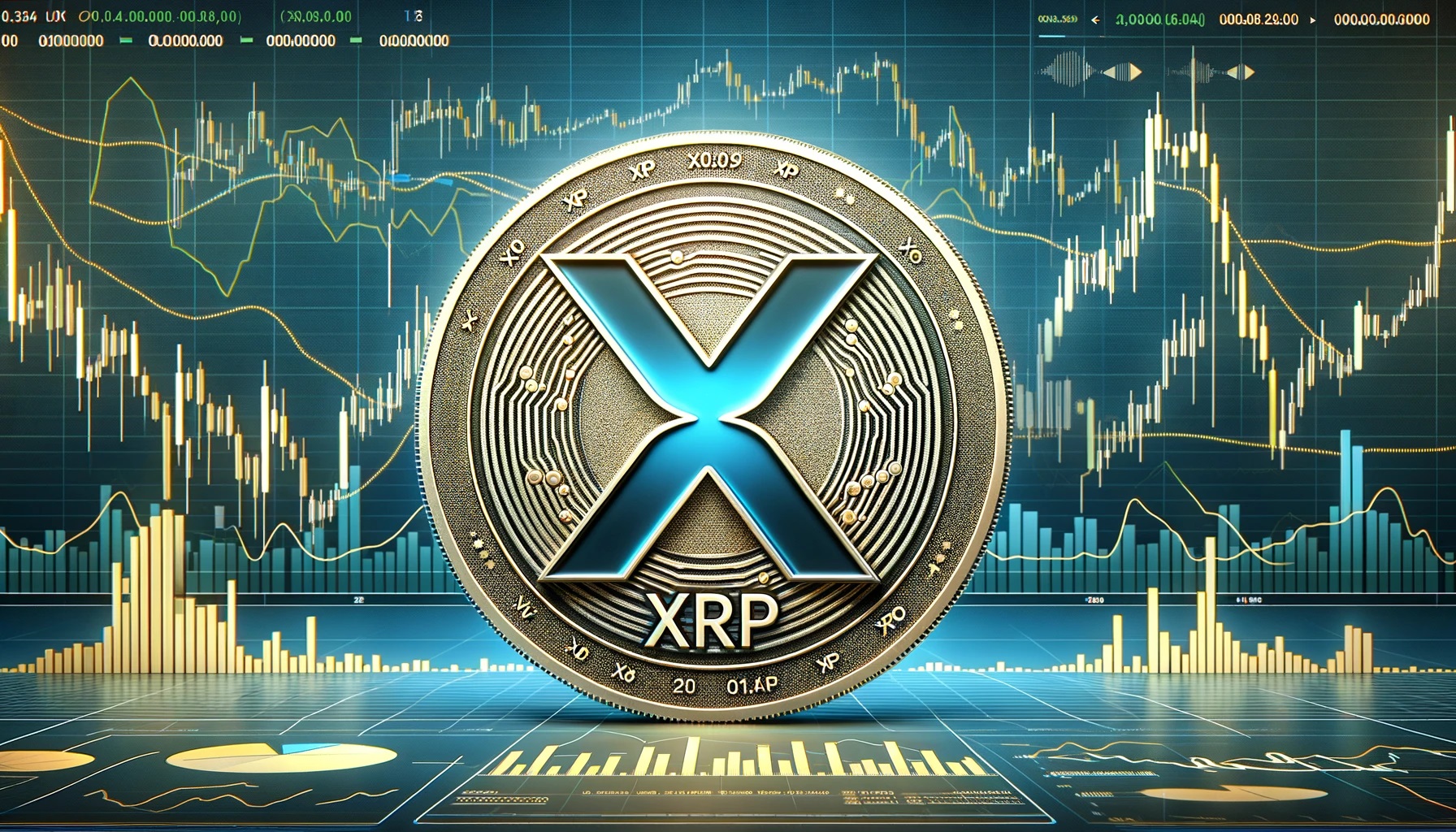 Xrp Etf Risks High Supply And Lack Of Institutional Interest
May 08, 2025
Xrp Etf Risks High Supply And Lack Of Institutional Interest
May 08, 2025 -
 Xrp Etf Disappointing Prospects Due To Supply And Low Institutional Demand
May 08, 2025
Xrp Etf Disappointing Prospects Due To Supply And Low Institutional Demand
May 08, 2025 -
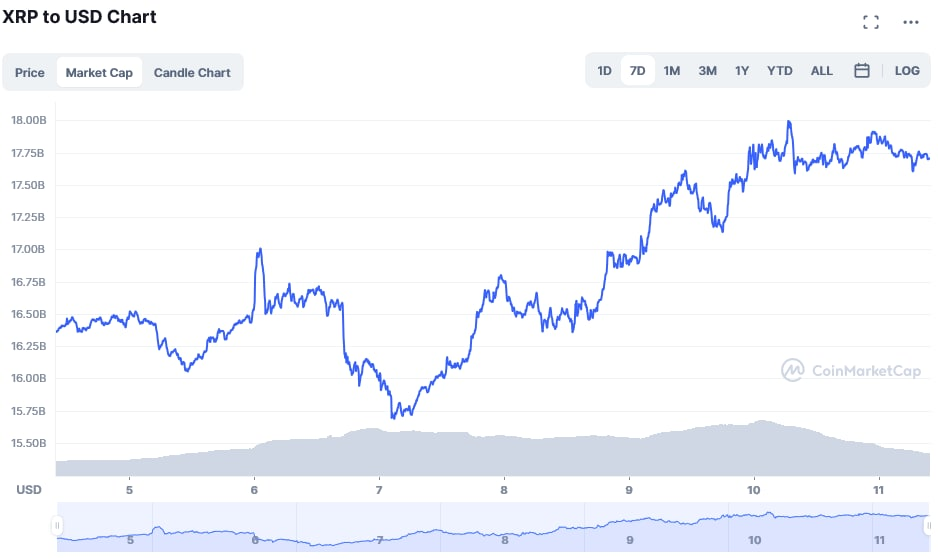 Should You Invest In Xrp After Its 400 Price Increase
May 08, 2025
Should You Invest In Xrp After Its 400 Price Increase
May 08, 2025
